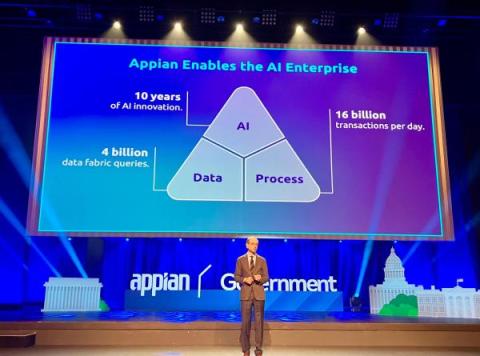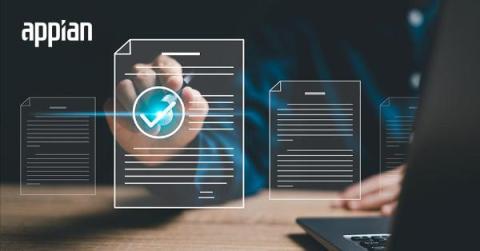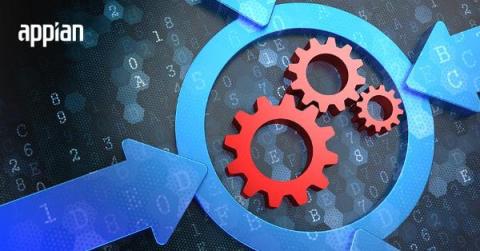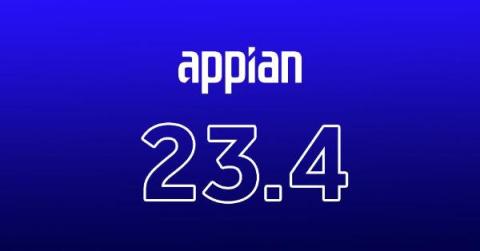Dispelling the Hype of AI Process Automation: Appian Government 2023 Keynote
Discussions about AI could be heard throughout the 7th annual Appian Government event, held November 29, 2023 at Capital One Hall in Tysons, Virginia. At breakfast, a customer sitting next to me mentioned how he’s looking forward to hearing how AI can help mine his historical data. “And securely,” another added. In a lunchtime conversation, yet another customer told me about the productive meeting they had with Appian on incorporating AI into their processes.











